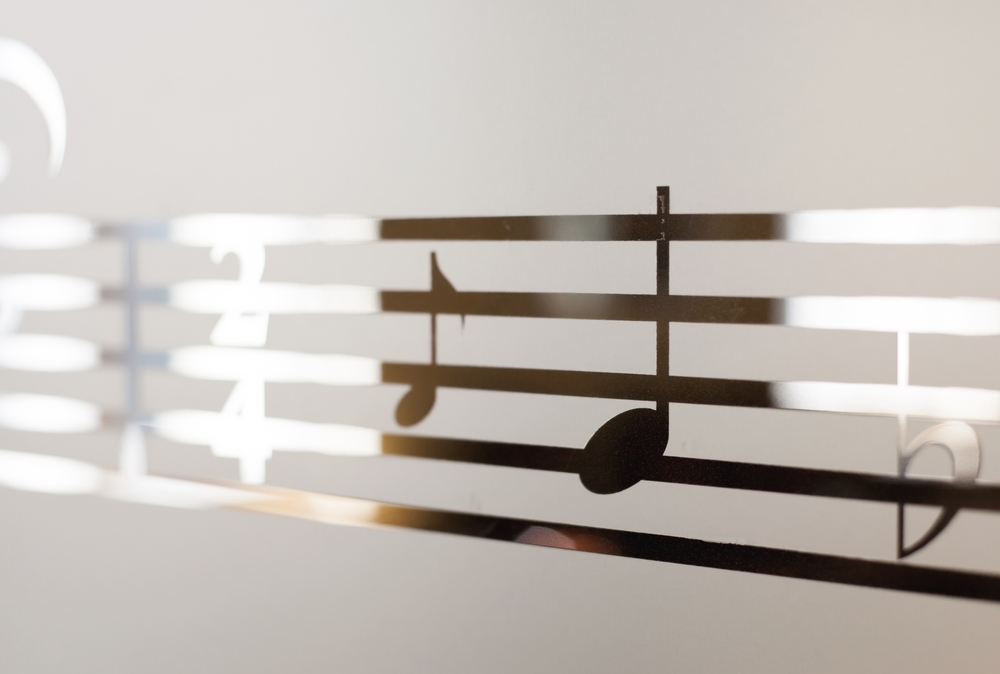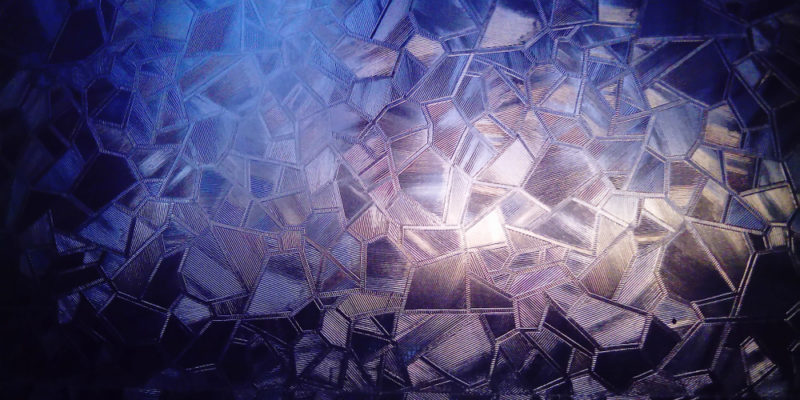There are so many benefits to installing obscure glass in doors, windows and even walls into homes and work spaces. They can be stylish, adding a decorative feature in-keeping with a minimalist design, or bringing embellishment to a professional environment. They can help you soak a small room in sunlight, magically making it appear twice the size and so much happier.
In fact, there’s only one drawback that people really imagine when it comes to lots of windows and transparent walls: loss of privacy.
But you don’t have to sacrifice your privacy if you want to feature glass in your interiors. By using privacy glass, you can couple all the bright, beautiful benefits of regular glass and still keep out prying eyes.
We’ve put together this FAQ to introduce you to the many possibilities presented by obscure glass, an option that many don’t even realise exists.
What is obscure glass?
Obscure glass is a very broad term that actually covers any type of glass that is not crystal-clear transparent. It is glass which ‘obscures’ the view through it, distorting or concealing what is on the other side, because of this it’s often referred to as privacy glass.
This obscuring effect can be achieved in a variety of ways, usually by use of a texture or pattern. It can range from offering complete privacy by obscuring the view completely or simply showing silhouettes. It can also be more of a style choice, that offers only a very mild distortion.
Obscure glass can be highly decorative and very practical. It is also versatile.
What types of obscure glass are there?
As mentioned above, ‘obscure glass’ is an umbrella term for many types of glass you may have heard of.
One of the most commonly seen types is frosted satin glass. This is glass that has been treated using chemicals to give an almost mottled effect on its surface. It is quite hard to see through, leaving only shadows and vague, fuzzy shapes visible through it. But is a popular choice because it also allows loads of light to flood through, allowing privacy without enforcing darkness onto rooms.
Another one of the most common obscure glass types is sandblasted glass. The ‘sandblast’ effect is created by using a powerful, high speed machine to pepper the surface of the glass with sand, walnut husks or a similar material to give a mottled surface that diffuses light and softens the visibility of anything on the other side.
Like frosted satin, sandblasted glass is a favourite choice among many people as it still lets lots of light shine through, while providing a good level of obstruction.
Here at KLG Glass, we also supply a comprehensive range of Pilkington textured glass, the added bonus of choosing a textured glass is that you can opt for patterns and designs to suit your tastes. It’s also available in a variety of privacy levels, depending on how obscure you’d like the view to be.
It is also possible to tint glass to obscure it, making it darker. This kind of glass can let less light through and will also make a strong design statement wherever it’s used.
Is there a difference between obscure glass and frosted glass?
As we discussed above, ‘obscure glass’ is an umbrella term that refers to a variety of obscure glass patterns, including frosted glass but not limited to it. This means all frosted glass could be called obscure glass, but not all obscure glass is frosted.
There are options available that would still count as obscure.
One of the attractive benefits of frosted glass types, is that you can embed designs, logos and embellishments, giving you complete control over the design. These can range from generic floral frosted glass patterns or unique company branding.
Frosted glass is particularly popular in door panels, glass walls, balustrades and bathroom windows.

Are there different levels of obscurity available?
By now you’ve probably realised that obscure glass is very versatile. You can choose between obscure glass windows or doors that are almost completely transparent, or ones that are completely opaque. As we mentioned before, Pilkington textured glass is available in 5 different levels of privacy, allowing you to decide on the best level of opacity for your requirements.
While some styles of obscure glass might be limited in how much flexibility is offered in terms of opacity, there are so many options across the range that you will always find a type of glass to suit your needs.
Is obscure glass different to opaque glass?
Obscure glass allows you to lower the visibility through a glass panel. Opaque glass sits right down at the very extreme end of that scale, and leaves the glass completely impossible to see through. And, unlike obscure glass, opaque glass won’t let any light pass through it either, though it is highly reflective. Opaque glass is most commonly used for things like kitchen splashbacks.
If you like the cool, clean lines that glass brings without wishing to compromise privacy at all, opaque glass could however be the perfect choice for you.
Can you ‘temper’ obscure glass?
Tempering is a process you can apply to glass in order to strengthen it. It involves heating the glass to very high temperatures, then exposing it to a very cold temperature. As the outside of the glass cools quicker than the inside, this creates ‘tension’ inside the glass which makes it very strong.
Tempered glass can withstand a higher level of impact without breaking. It also shatters in a certain way, breaking down into crumb-like pieces rather than jagged shards. This means that as well as being stronger, it is safer.
This process is commonly used for large glass panels, such as those in full length windows, doors and furniture, to make them safer.
Obscure glass can be tempered just like other glass, and often is. If you are choosing obscure glass to place in a window, door panel or similar setting, you would definitely be better off having obscure glass that is tempered.
Where can you use obscure glass?
The flexibility and versatility of obscure glass mean you will find it at home in a whole host of settings. You can bring light and space to your narrow hallway while still keeping your home secure, by placing an obscure glass panel in your front door.
Or you could give workers a lighter, brighter, cheerier space to work while still allowing them their privacy by installing obscure glass walls in an office, the possibilities are endless!
One of the most popular places to use obscure glass is in bathroom windows. In a space where your privacy is paramount, choosing obscure glass allows you to maximise the light in the smallest room of your house, while maintaining a sense of seclusion and safety.

